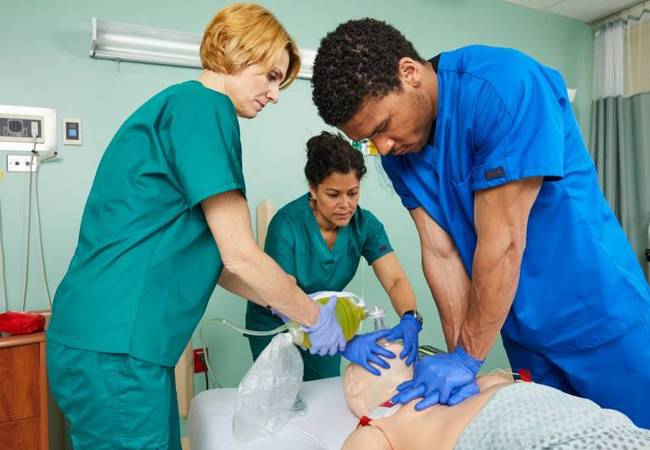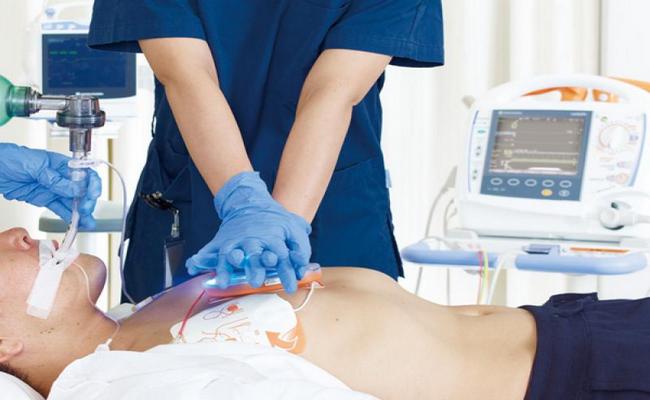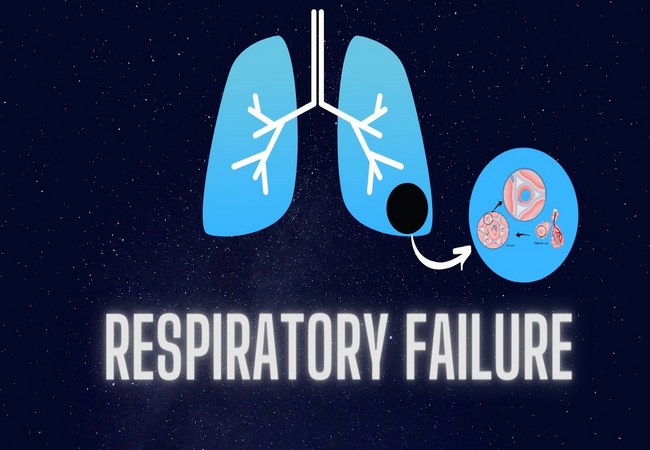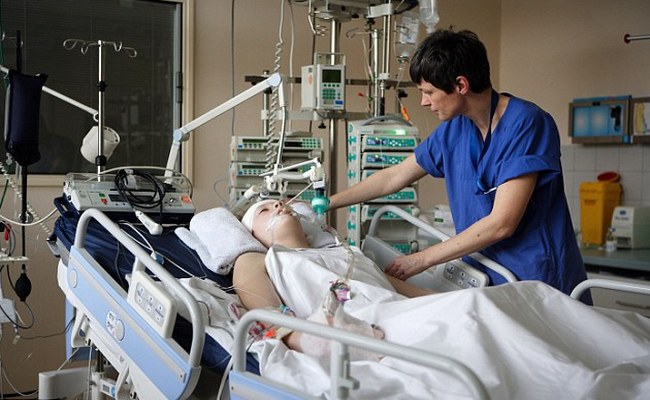Contraindications and Complications of Mechanical Ventilation
Definition of Mechanical Ventilation: Mechanical ventilation is a supportive therapy used to assist patients who are unable to maintain adequate oxygenation or carbon dioxide elimination. These patients usually exhibit signs of acute respiratory failure and are not candidates for less invasive methods of respiratory support. It can be defined as the technique through which gas […]
Contraindications and Complications of Mechanical Ventilation Read More »










